Discover the enchanting world of traditional Indian musical instruments and delve into their rich history and cultural significance.
The Melodious Veena: A Stringed Marvel
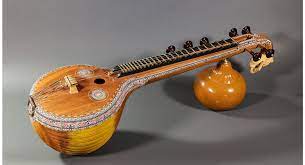 The veena, a traditional Indian musical instrument, is a marvel of stringed beauty. It is renowned for its melodious sound and is often associated with classical music. The veena is a large instrument with a resonating body, a long neck, and multiple strings. It is played by plucking the strings with the fingers or using a wooden plectrum. The veena produces soulful and captivating melodies that touch the hearts of listeners.
The veena, a traditional Indian musical instrument, is a marvel of stringed beauty. It is renowned for its melodious sound and is often associated with classical music. The veena is a large instrument with a resonating body, a long neck, and multiple strings. It is played by plucking the strings with the fingers or using a wooden plectrum. The veena produces soulful and captivating melodies that touch the hearts of listeners.
In Indian mythology, the veena is often depicted as the instrument played by the goddess Saraswati, the goddess of knowledge, arts, and music. It symbolizes purity, creativity, and divine inspiration. The veena has a rich history that dates back thousands of years, and it continues to be an integral part of Indian classical music. Exploring the world of the melodious veena is like embarking on a journey through the depths of Indian musical traditions.
The Mesmerizing Sitar: Symbol of Indian Classical Music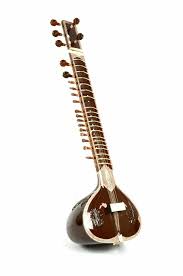
The sitar, with its mesmerizing sound and unique construction, is a symbol of Indian classical music. It is a stringed instrument that has a long neck, a resonating body, and movable frets. The sitar is played by plucking the strings with a wire plectrum called a mizrab. It is known for its distinctive sound that can evoke a wide range of emotions in the listener.
The sitar has a long history that can be traced back to ancient times. It has been associated with legendary musicians and has played a significant role in the development of Indian classical music. The sitar is not only an instrument but also a representation of the rich cultural heritage of India. Exploring the mesmerizing sitar is like immersing oneself in the essence of Indian classical music.
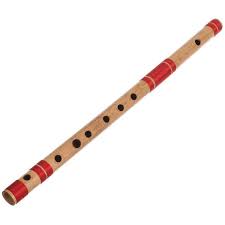 The Mystical Bansuri: The Divine Flute
The Mystical Bansuri: The Divine Flute
The bansuri, also known as the Indian flute, is a mystical instrument that holds a special place in Indian music. It is a bamboo flute with six or seven finger holes and is played by blowing air across the mouthpiece. The bansuri produces a soothing and ethereal sound that is often associated with spirituality.
In Indian mythology, the bansuri is often associated with Lord Krishna, a beloved deity who is said to have enchanted people with his divine flute playing. The bansuri has been used in Indian music for centuries and has been played by renowned musicians to create enchanting melodies. Exploring the mystical bansuri is like connecting with the divine through the power of music.
The Percussive Power of Tabla: Rhythmic Heartbeat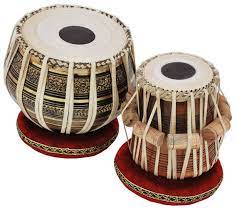
The tabla is a percussion instrument that holds the rhythmic heartbeat of Indian music. It consists of two drums, the smaller one called the dayan and the larger one called the bayan. The tabla is played by striking the drums with the hands and fingers, creating a wide range of sounds and rhythms.
The tabla is an integral part of Indian classical music and is known for its versatility and expressive capabilities. It can mimic the sounds of various instruments and can create complex rhythmic patterns. The tabla player, known as a tabla player, plays a crucial role in accompanying other musicians and providing the rhythmic foundation for the music. Exploring the percussive power of tabla is like experiencing the heartbeat of Indian music.
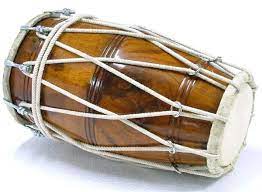 The Resonant Dholak: The Soul of Indian Folk Music
The Resonant Dholak: The Soul of Indian Folk Music
The dholak, a double-headed drum, is the soul of Indian folk music. It has a resonating body made of wood or metal, with two drumheads made of animal skin. The dholak is played by striking the drumheads with the hands or using drumsticks.
The dholak is a versatile instrument that is used in various folk music traditions across India. It provides the rhythmic foundation for folk songs and dances, adding a vibrant and energetic element to the music. The sound of the dholak is infectious, and it is often used to create a festive and celebratory atmosphere. Exploring the resonant dholak is like immersing oneself in the joyous spirit of Indian folk music.

04-Feb-2024 08:18:12
Related Articles





Write a Comment